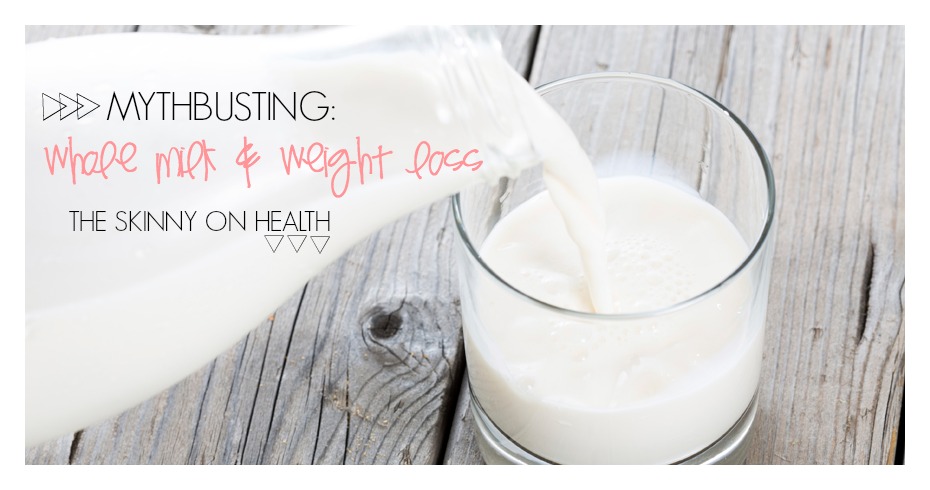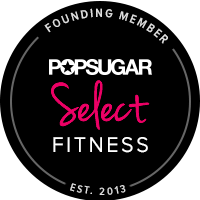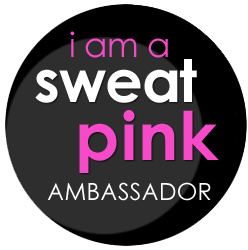My boyfriend and I have been drinking a lot of whole milk recently. Seriously. A lot. I’m pretty much racking up a glass jug deposit in the double digits over here. But, how much is too much?
So as far as I’m aware, there are two very different myths out there when it comes to milk.
Myth #1: ALWAYS drink non-fat milk, whole milk will make you fat.
Myth #2: Whole milk will help you lose weight.
Confusing, eh? What do you guys think?
The truth? Somewhere in between.
There is science out there to support that drinking whole milk will help you lose weight. Over 12 years, that study found that intake of high-fat dairy products was associated with lower obesity risk in males. (I’m going to give you my thoughts on the most important science about milk below.)
HOWEVER, there are a few other things to consider as to how this works.
1. Drinking fat will help increase satiety, so you will feel more full after drinking full-fat milk than after drinking non-fat. This will keep you from eating more throughout the day.
2. There might be other ingredients in full-fat milk contributing to the health benefits. Whole fat milk has several other potential vitamins and mineral that may get eliminated when removing the fat, or may lose their functioning without fat to digest them with.
3. When drinking non-fat milk and feeling less full, what is the average person going to run toward? Carbs. Sugar. Processed foods. Generally, less healthy options.
4. Many milk and dairy products that are non-fat replace the fat with other ingredients to make it taste better. What are these ingredients? Carbs. Sugar. Processed/refined sugars. All worse for your health and waist line than saturated fat.
5. Saturated fat is not only still fat, it’s the bad kind of fat. Whole milk has saturated fat, which has been consistently linked to cholesterol levels and heart disease, in addition to other chronic diseases. High consumption of saturated fat is no bueno, it’s much healthier to fill up on unsaturated fat, especially if you have a family history of high cholesterol or heart disease.
So, what’s this all mean?
Whole milk will make you feel more full than non-fat milk. Thus, by drinking it, you’ll end up not only wanting less milk, but less food after you drink the milk, leading to less calorie consumption from sugars and carbs throughout the day.
However, the saturated fat in whole milk is not the ‘healthy’ kind of fat, so don’t get too crazy. The same satiety effects come from healthy unsaturated fats without the added cholesterol trouble. These include nuts, fish, avocados, and olive oil. Eating any of these will also keep you full so you’ll eat less calories.
Additionally, the satiety effects of whole milk will only happen if you are eating/drining mindfully. Guzzling down a whole jug of whole milk is not healthier for you than non-fat. Drinking it slowly so you can have a chance to experience the satiety is the only way to get the effects. Similarly, if you aren’t compensating for the calories by not eating as much through the day, you’re also not getting the effects. Eat mindfully and you will notice you aren’t as hungry, so you shouldn’t eat as much.
Where do I stand?
Let me give you some science that really blew my mind. So there’s this really incredible branched chain fatty acids called phytanic acid. It is an agonist (it ‘helps’) a particular enzyme in the liver whose job it is to metabolize fat. Ergo, this phytanic acid helps your body burn fat (a good thing!). The bummer is that this enzyme is really rare, it’s actually only consumed via one food: dairy fat. So, drinking full-fat milk gives your body a ton of phytanic acid to help it metabolize fat!
More science? Well, we all know fiber is good for us/will help regulate weight, right? What does fiber do/why is it good for us? Fiber is pretty much food for the bacteria in our gut. SO, it is fermented in the gut to make short-chain fatty acids, mainly butyric acid, actually. Butyric acid is a strong anti-inflammatory agent and is really good for you in regard to preventing chronic inflammatory diseases, including obesity. So eating fiber creates butyric acid, which is awesome.
So is there any way to skip the fiber and just get some straight up butyric acid? Yep. The only dietary source of butyric acid is…..full-fat dairy. Yep. Thus, dairy fat may be as effectively good for you as fiber is. BAM.
So, I’m a proponent of the full-fat dairy. Go wild, but be careful is you are limiting or should limit your saturated fat intake (cholesterol!).
For more of my milk musings… 1 // 2 // 3 // 4 // 5 // 6
What kind of milk do you guys prefer?
xo
![]()
Facebook | Twitter | Instagram | Bloglovin




















Pingback: Weight Loss…the natural way! | The Skinny on Health()
Pingback: 10 [not-so-healthy] “Health” Foods | The Skinny on Health()